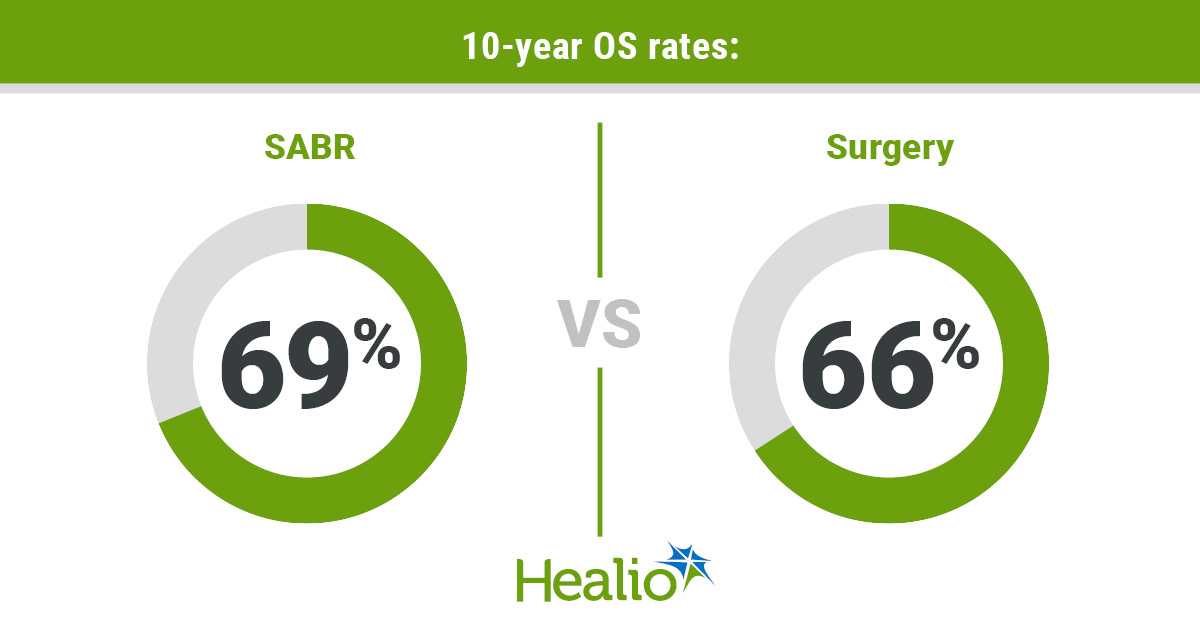August 19, 2025
2 min read
Key takeaways:
- Exposure to high fine particulate matter (PM2.5) was linked with increased mortality.
- The impact of PM2.5 and segregation on post-transplant mortality underscores the need for upstream interventions.
Exposure to high fine particulate matter significantly worsened post-kidney transplant mortality risk for recipients living in highly segregated neighborhoods, according to results of a study.
Fine particulate matter (PM2.5) is a form of air pollution that has been shown to increase post-transplant mortality by 1.15-fold.
“Exposure to PM2.5 increases the risk of post-kidney transplant mortality,” Yiting Li, MPH, Assistant Research Scientist in the Center for Surgical and Transplant Applied Research (C-STAR) in the Department of Surgery at New York University Grossman School of Medicine, told Healio. “Racial and ethnic segregation may exacerbate this risk by interacting with adverse social and physical environments, creating a disproportionately higher burden in areas where minoritized individuals are concentrated.”
Using data from the Scientific Registry of Transplant Recipients, the study team, led by Dr. Mara McAdams-DeMarco, studied the synergistic impact of air pollution and residential neighborhood segregation on post-transplant mortality
“We quantified the association between PM2.5 and post-kidney transplant mortality, and examined the differences in these associations by segregation levels,” Li said.
Li and colleagues identified 185,872 non-Hispanic Asian, non-Hispanic Black, Hispanic, and non-Hispanic white adults from 2000 to 2021. The mean age of the recipients was 52.2 years, 38.5% of recipients were female, 28% were Black, and 31.2% were live donor kidney transplant recipients.
Investigators annualized PM2.5 levels, categorizing values greater than 9 g/m³ as high, and measured segregation was measured based on ZIP code. Models were adjusted for recipient, donor, and transplant factors, as well as urbanicity, as defined by the U.S. Department of Agriculture.
68% of transplant recipients lived in neighborhoods with high PM2.5 levels, with a 5-year unadjusted cumulative incidence of mortality of 14.2% compared with 13.1% in low PM2.5 neighborhoods, according to the study results.
High PM2.5 exposure was associated with a higher mortality risk for patients in high-segregation areas (adjusted HR = 1.17; 95% CI, 1.11-1.23), according to the study.
“Our study underscores the crucial need to consider upstream interventions such as environmental policies to improve air quality and structural initiatives to enhance the neighborhood built environment, including increasing green space and promoting green energy,” Li said. “Future research is needed to examine how built environment factors, such as the amount of green space and their interactions with PM2.5 and segregation, influence post-kidney transplant mortality.”
For more information:
Yiting Li, MPH, can be reached at yiting.li@nyulangone.org.










